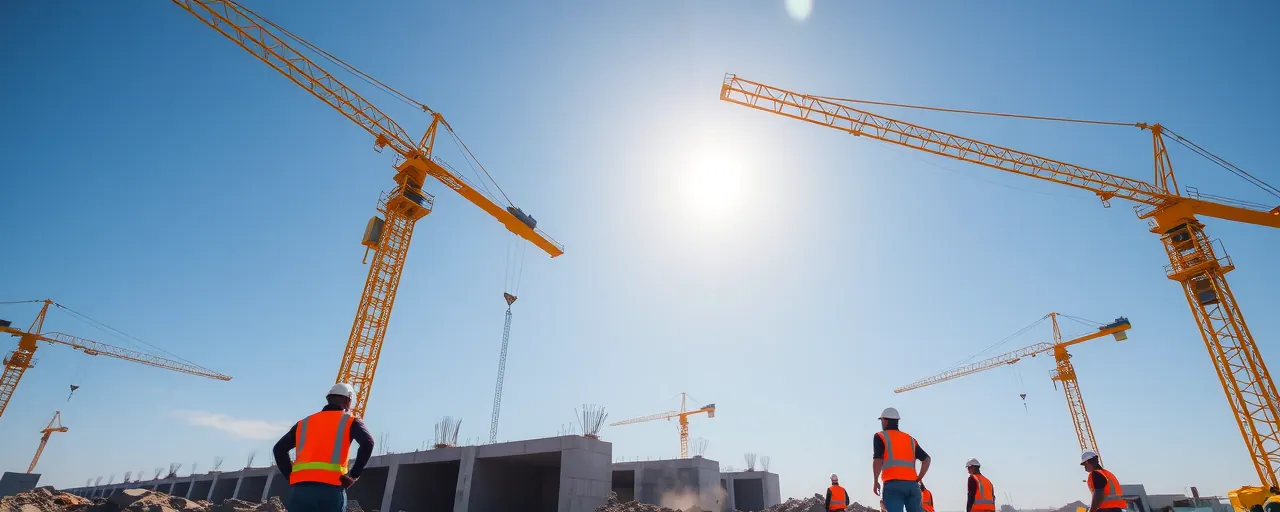A Statewide Housing Drive Gains Momentum
In Brooklyn’s Gowanus neighborhood, a new 224-unit apartment building stands as a symbol of change. During a visit on May 15, 2025, Governor Kathy Hochul highlighted its 58 affordable units and announced that New York State has built, preserved, or begun construction on 350,000 housing units since 2021. This milestone reflects a $25 billion effort to address a crisis squeezing residents from New York City to Niagara Falls.
Across the state, housing costs have spiraled. Rents have jumped nearly 29 percent since 2020, and homes priced under $340,000 are scarce. For families earning $75,000, only one in five listings is affordable, a sharp drop from nearly half before the pandemic. Hochul’s plan, blending funding, tax breaks, and zoning reforms, aims to ease this pressure, but its scale and complexity raise questions about lasting impact.
Nationally, cities face similar shortages, with 1.1 million fewer affordable homes than needed. New York’s response, rooted in state-led investment and local partnerships, seeks to close this gap. Yet success depends on navigating economic hurdles, local resistance, and the need for equitable outcomes across diverse communities.
Unpacking the Strategy
Hochul’s $25 billion housing plan has surpassed 60,000 affordable units, advancing toward a 100,000-unit goal. A public online dashboard tracks progress, offering insight into projects statewide. The 2026 budget adds $1.5 billion for housing and $750 million for municipalities certified under the Pro-Housing Communities program, which supports infrastructure upgrades like water and sewer systems critical for new developments.
Over 300 municipalities have earned Pro-Housing certification, unlocking funds to expand housing. A $100 million infrastructure fund and $5.25 million in planning grants further assist local efforts. In New York City, $1.025 billion supports the City of Yes initiative, which eases zoning rules to enable 80,000 new or preserved units. These steps aim to streamline construction and align state and local priorities.
The 421-a tax abatement extension, prolonged until 2031, has preserved 71,000 city apartments, including 21,000 affordable ones. Projects like the Gowanus complex, nearly derailed by post-pandemic market swings, rely on this policy. However, critics argue its hefty tax breaks—sometimes half a project’s burden—favor luxury developments over low-income housing, sparking debate about cost-effectiveness.
Real Impacts, Real Debates
For some New Yorkers, these policies bring relief. A Gowanus resident, earning near the area’s median income, now rents an affordable unit thanks to the 421-a extension. State Senator Andrew Gounardes, representing parts of Brooklyn, stressed that escalating costs threaten families’ stability, underscoring the need for bold action. His perspective resonates with many who see housing as a cornerstone of opportunity.
Opinions diverge on execution. Developers and some local leaders welcome state funds and relaxed regulations, citing faster project timelines and lower costs. Conversely, affordable housing advocates argue that 421-a’s benefits skew toward high-end projects, with studies suggesting direct subsidies could yield more low-cost units. Some municipalities hesitate on zoning reforms, wary of overburdened schools, roads, or changes to community identity.
Navigating a Complex Landscape
New York’s approach echoes national trends. States like California and Utah link funding to pro-housing policies, while Oregon allows duplexes statewide. These reforms aim to boost supply, but face rising construction costs and local pushback. Smaller towns, especially, struggle to fund infrastructure like sewer systems, often relying on competitive grants that favor larger cities.
Housing policy has long been contentious. Since the 1960s, New York’s 421-a program has driven development but faced scrutiny for diverting public funds to upscale projects. Federal housing efforts, from 1930s public works to 1980s vouchers, reflect similar debates over government’s role. Hochul’s plan seeks balance, but delivering affordable homes at scale requires sustained coordination and innovation.
What Lies Ahead
New York’s housing push, with 350,000 units underway and billions committed, signals ambition. Yet the affordability crisis, rooted in decades of underbuilding, demands persistence. Policymakers must align state goals with local needs while ensuring resources reach renters and buyers most in need, from young workers to seniors.
Transparency, like the public dashboard, empowers residents to track progress. But the plan’s success hinges on collaboration—between state agencies, city planners, and communities—to keep projects moving. Without it, even well-funded efforts risk stalling amid economic or political shifts.
As new homes rise, New Yorkers weigh hope against uncertainty. The state’s initiatives mark progress, but their true measure will be whether they deliver housing that fits the budgets and dreams of its residents, from urban centers to rural towns.
